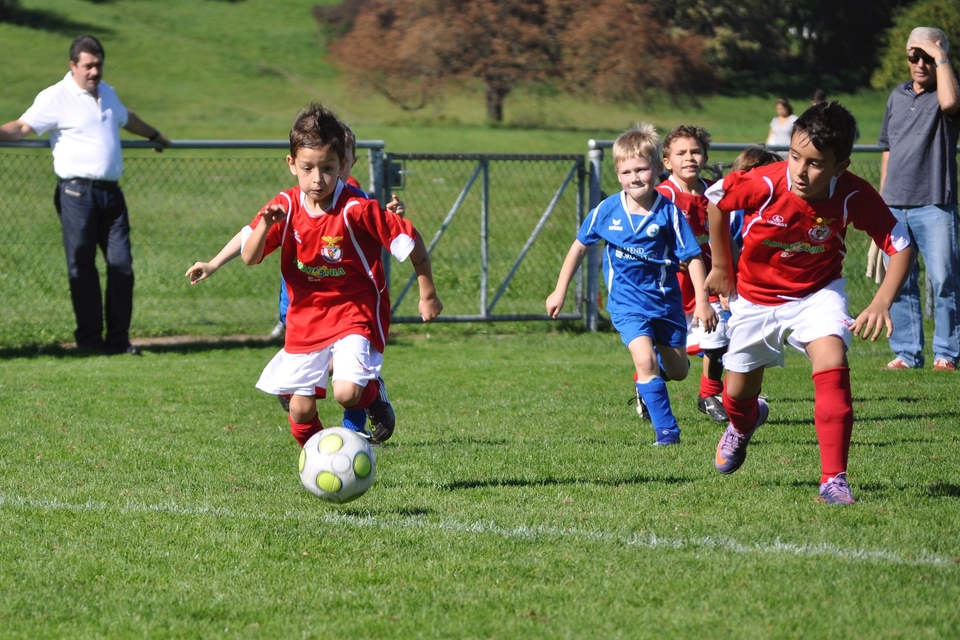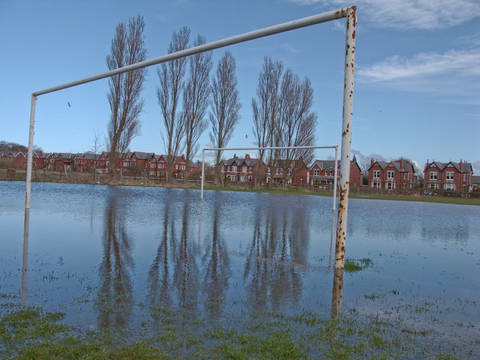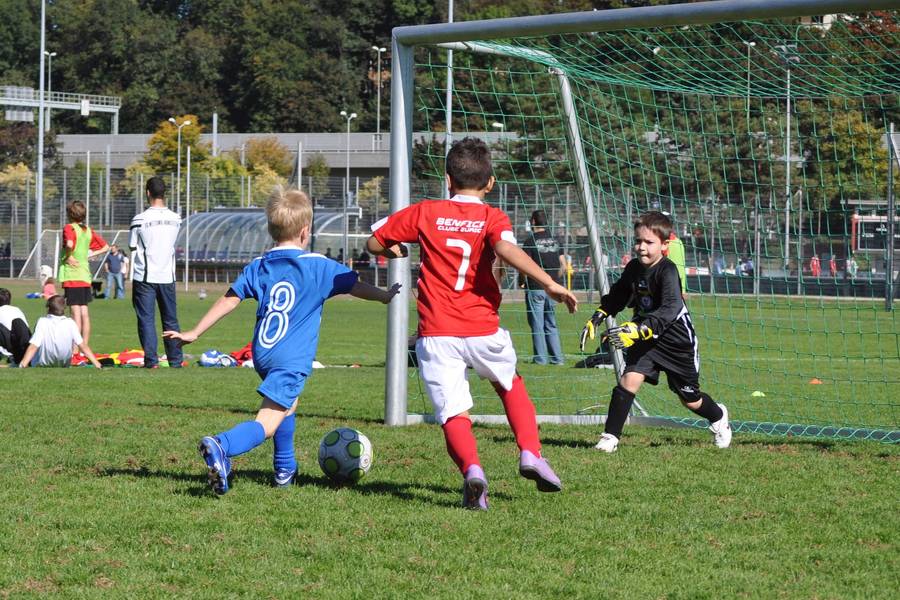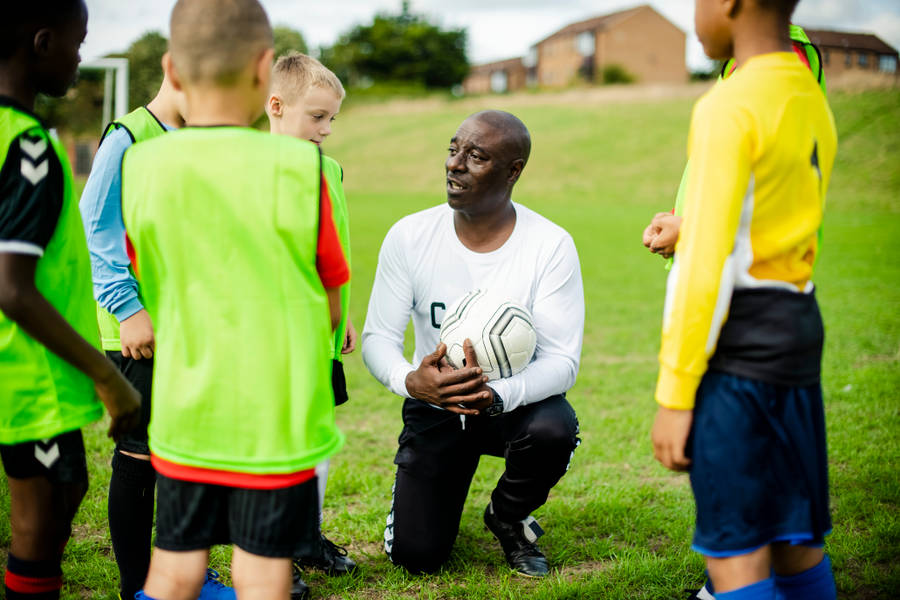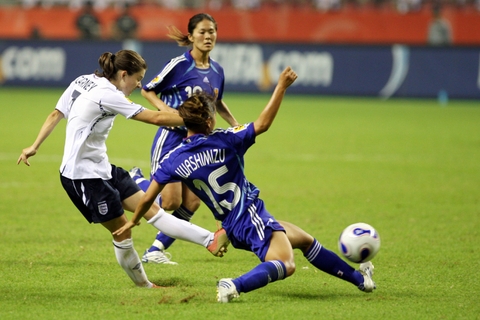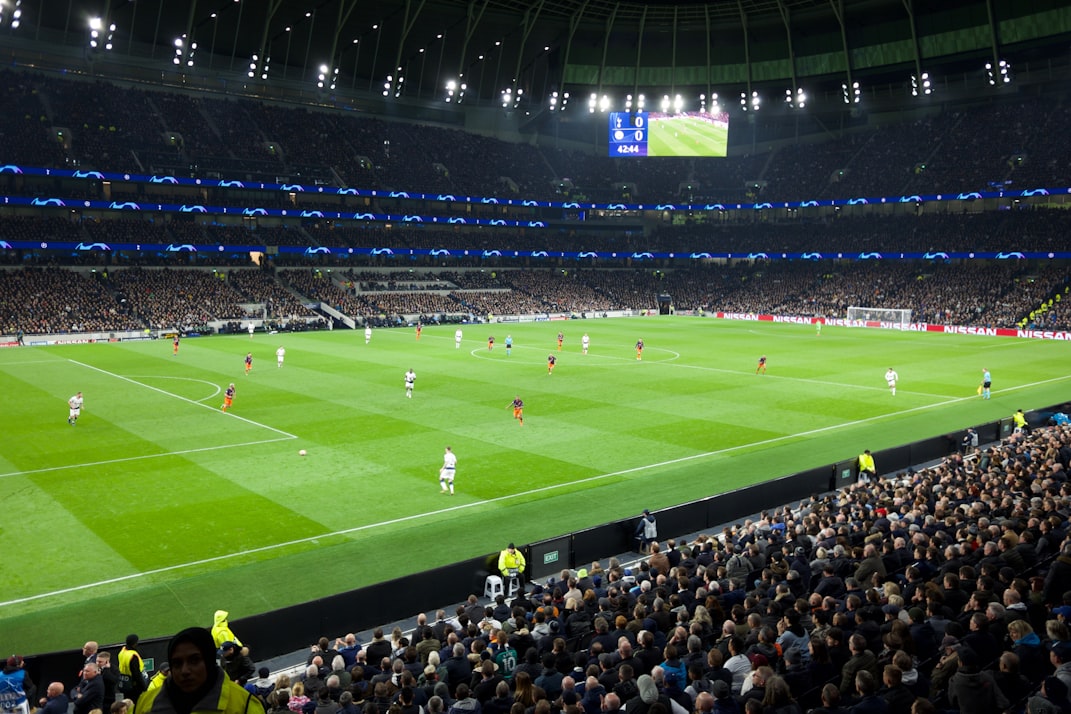Every football club around the world at all levels dreams of welcoming young, up-and-coming stars into the fold. At grassroots level, it could be a case of developing that talent to go on to bigger things, whereas, above that, it’s above helping them reach their potential. But how do you monitor the progress of young footballers?
Everybody gets excited when their team welcomes a young player, a homegrown player, into the first team picture. There’s just something magical about it. It’s funny, too, because many people may not be fully up to speed on who the player is or what they’re capable of, but there’s hope. It’s also important for other stakeholders, such as successful football betting sites, to stay up to date on these matters, as a player could burst onto the scene, Micah Richards-esque, and betting markets must be ready and competitive.

But, away from the excitement, junior footballers and their development must be monitored, with development being key. Young players have multiple elements that will develop as they grow older, such as the physical side of the game, the mental part and their technical ability. Ideally, these three key components all move in the right direction together at a similar pace, and the way to monitor these things is, of course, via data.
Tracking the data of a player at any level is possible and it’s also crucial. For example, monitoring how many kilometres a player can run during a game, how many fast sprints they do, and so on are stats that can be tracked quite easily. And with the data, it can be repeatedly analysed to see if progress has been made along the way, and if not, why not. And also, how improvements can happen.
The mental and emotional side of the game, especially with younger players, is becoming more critical. But it’s arguably not via data that this can be monitored, but rather through the relationships people have with the player, as well as being able to watch during games and training sessions. There’s the side where players make the right decisions and how they handle pressure, but also how they react when things go right and wrong.
The final part is slightly more difficult because it comes down to data and numbers in more detail and depth. Everyone wants to see a young player progress technically, which, in short, means their game gets better, regardless of position. But we mention position because you could say it’s position-specific tracking required. So, for example, with a striker, it could be their conversion rate, how their xG looks, and so on. But for a centre-back, it could be blocks, tackles, duels won and these sorts of metrics.
People pose the question of how you monitor the progress of young footballers. And it's not rocket science, and it doesn't have to be expensive either. In some scenarios it's via data, it's via fitness trackers. In others, it's the old-school way; it's with the naked eye. From grassroots level up, the principle remains the same, and it can pay dividends, not just because it will help a young player progress and potentially climb the ladder. But because clubs along the way will reap the rewards, too.

